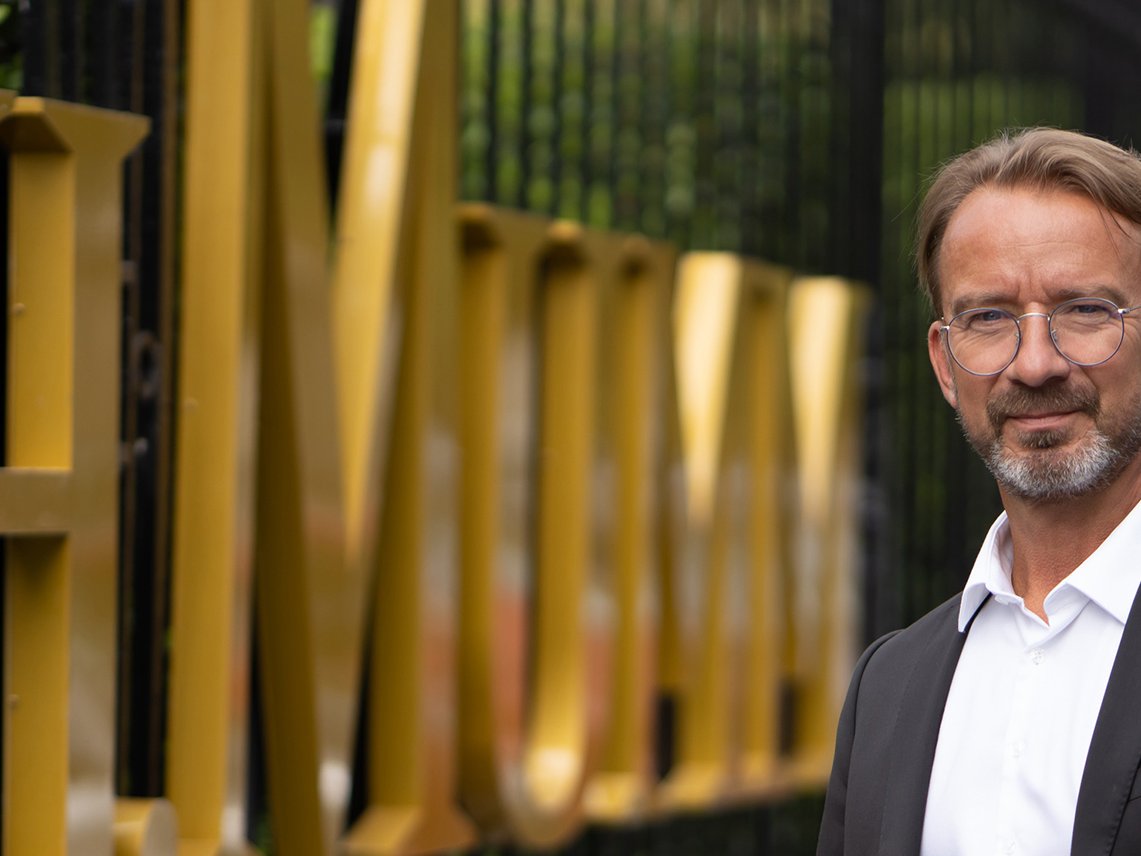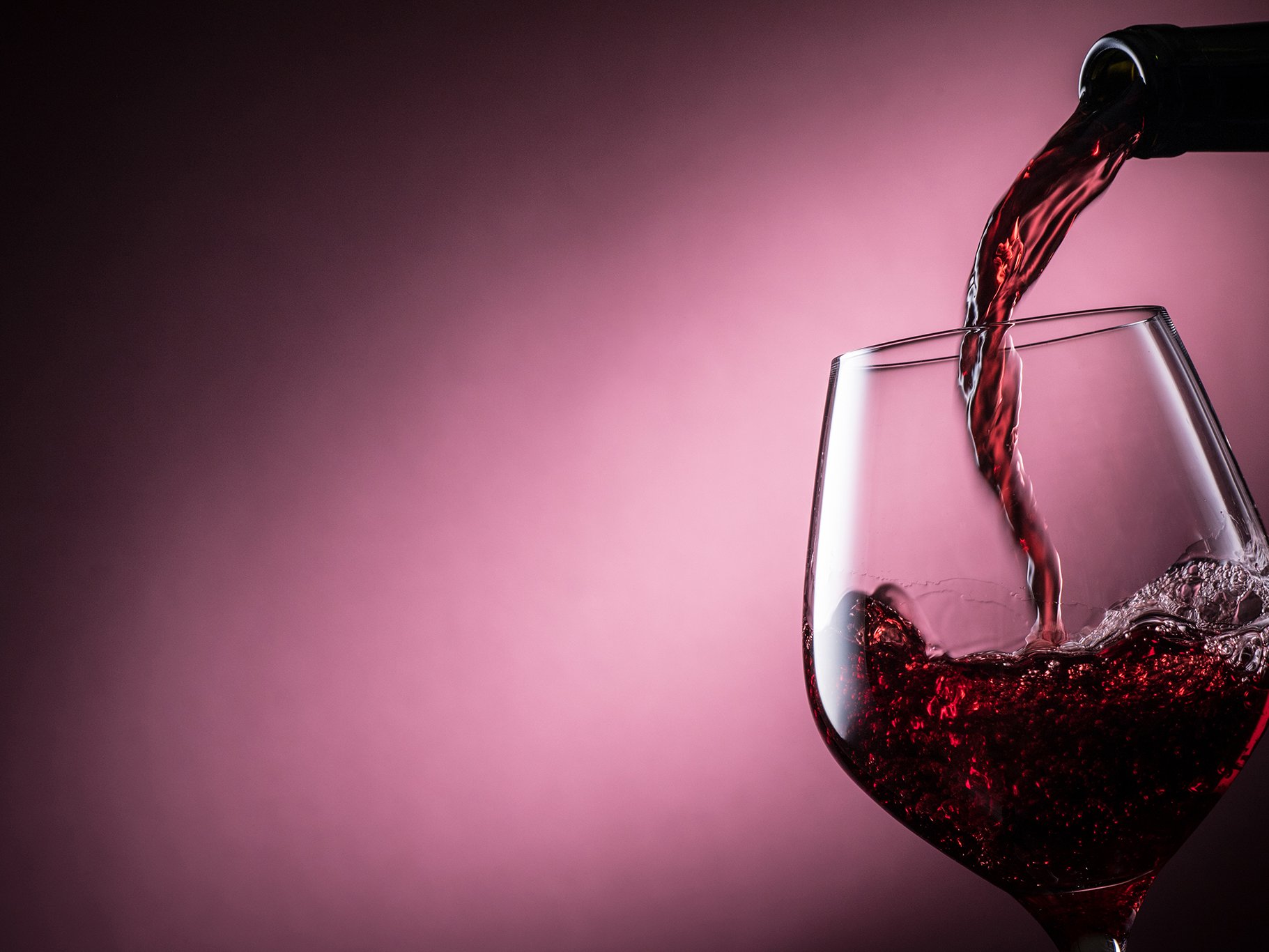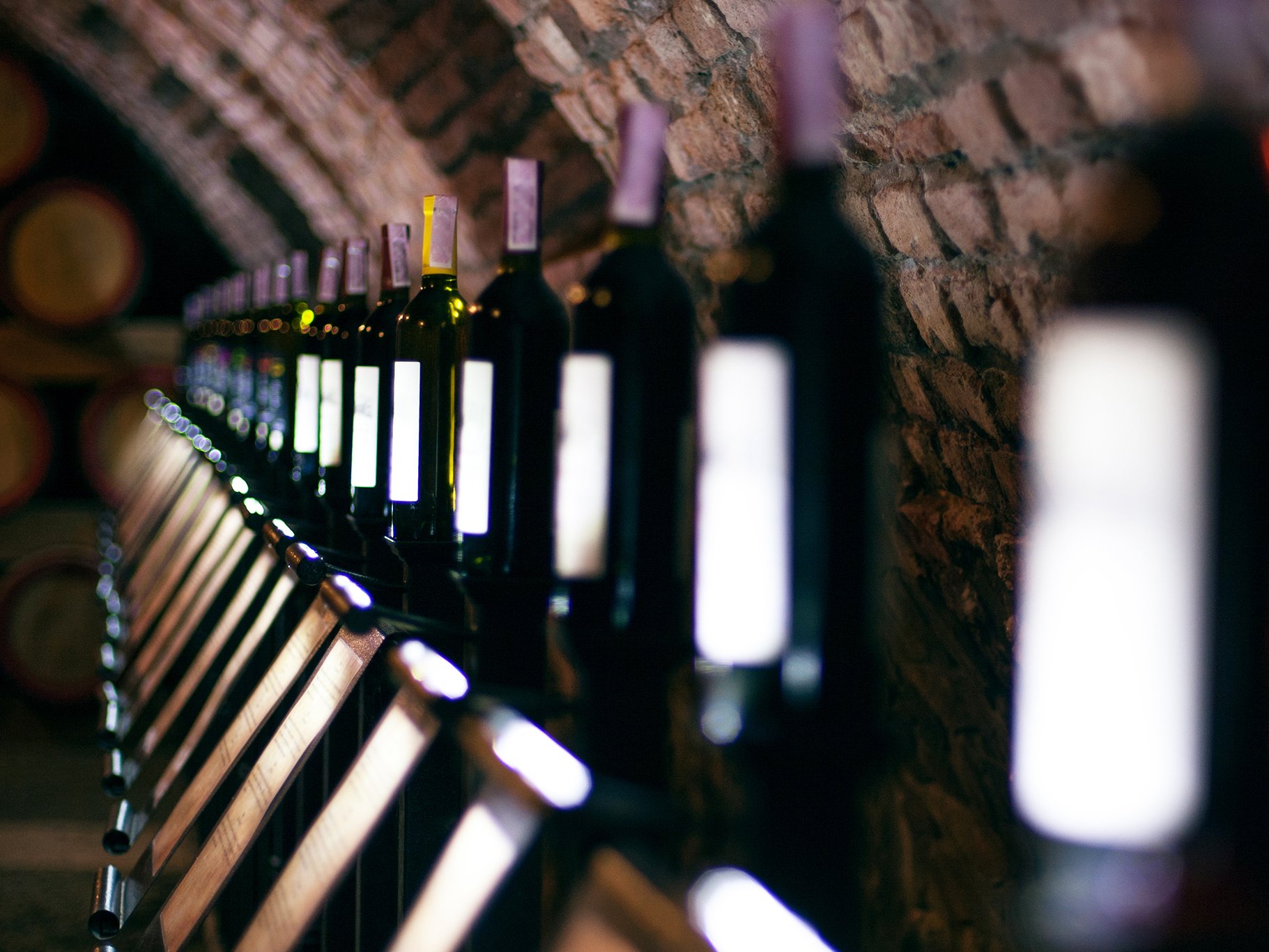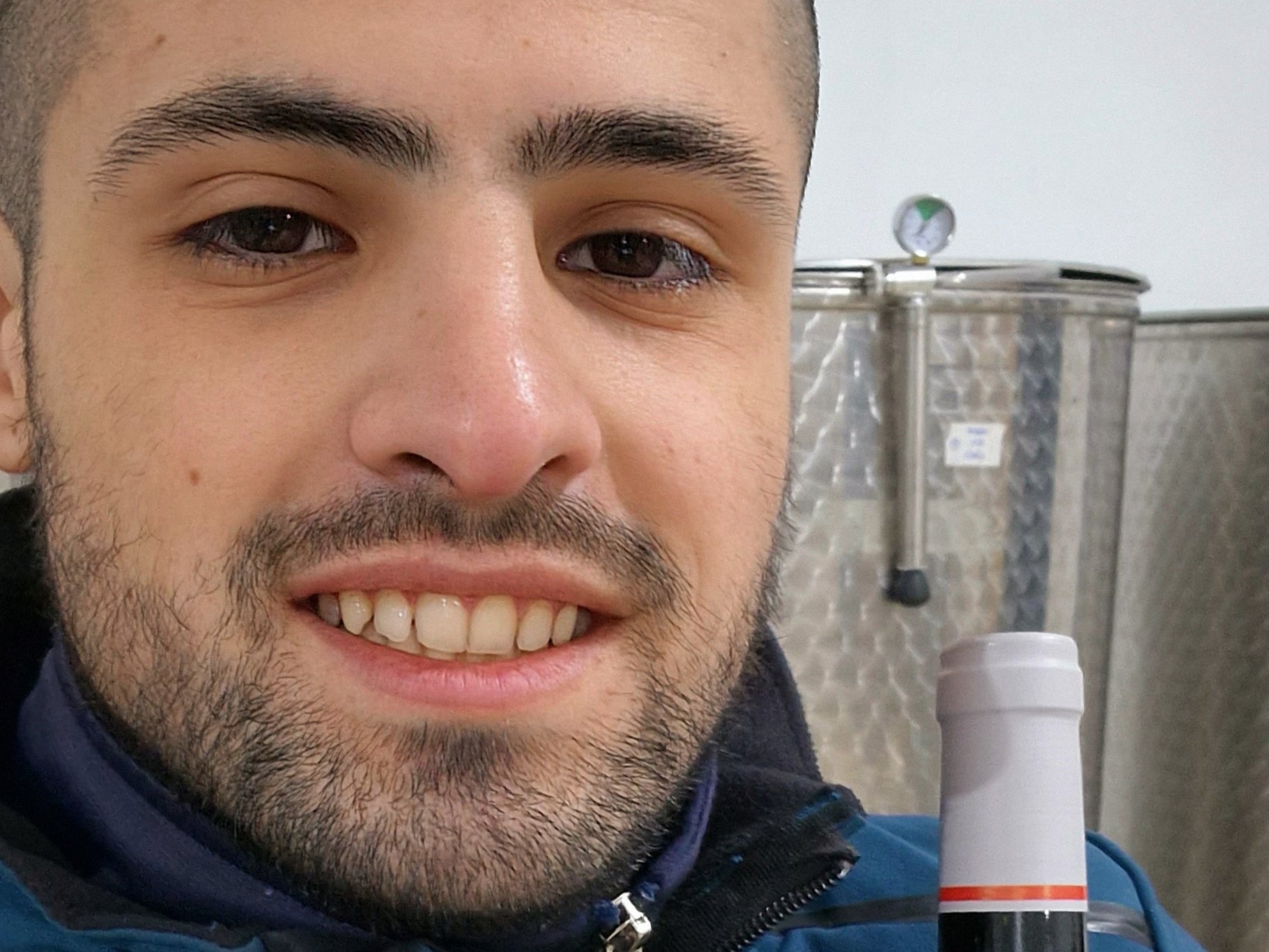Baden-Baden Wine & Gourmet Festival: the top vintners taking part
We look at a selection of the wineries you can experience at the festival.
On May 19, 2023, Baden-Baden becomes a hotspot for all gourmets, gourmands and vinophiles. At the ‘Baden-Baden Wine and Gourmet Festival by Falstaff’, the crème de la crème of culinary and wine will come together, with over 150 top national and international vintners presenting their creations. Here, we look at a selection of the wineries you can experience at the festival.
CHÂTEAU ANGÉLUS
The vineyard of Château Angélus, one of the most famous estates in Bordeaux, is located in a natural amphitheatre overlooked by the three churches of Saint-Émilion. Hubert de Boüard de Laforest devoted more than 30 years to the meticulous care of his soils here, eventually handing over the reins to his daughter Stéphanie. The main grapes grown are Merlot, Cabernet Franc and Cabernet Sauvignon.
CHÂTEAU FIGEAC
Another icon from Saint-Émilion coming to the festival in Baden-Baden is Château Figeac. Thierry Manoncourt's 40-hectare vineyards lie on metre-thick layers of gravel that are particularly suitable for growing Cabernet Franc and Cabernet Sauvignon which, together with the classic Merlot, have been producing wines of the highest classification, Premier Grand Cru classé, of the Médoc since 1955.
DOMAINE GROS FRÈRE ET SŒUR
Domaine Gros Frère et Sœur is located in the Côte de Nuits, one of the most famous wine-growing regions in the world. Winemaker Bernard Gros manages 21 hectares of vineyards with an exceptional Grand Cru heritage: Richebourg, Clos de Vougeot, Grands Echezeaux and Echezeaux. The soils are composed of marl and limestone, with the nine red wines and three white wines of the appellation standing out for their special attention to the specific terroir.
MAISON SAINT AIX
The Maison Saint Aix vineyard is located in the hills north of Aix-en-Provence. Here, the estate is dedicated to the creation of top-class rosés that carry the flowery lightness of the Provençal attitude to life. With mineral-rich soils, 300 days of sunshine a year and the cooling mistral winds, Provence offers the ideal growing conditions for the Grenache, Syrah and Cinsault grape varieties from which the ‘AIX Rosé’ is composed.
LES GRANDS CHAIS DE FRANCE
Les Grand Chais de France comprises a total of six French wineries as a group: Chartron & Trébuchet from Puligny-Montrachet, Château Bastor Lamontage from Preignac, Château Cadet Bon, also from Saint-Émilion, Château de Fesles from Thouarcé, Château du Tertre from Arsac, and Maison du Vigneron from Crançot.
NIEPOORT VINHOS
A great name among port wines has been coming from Vila Nova de Gaia, Portugal, for 150 years, and at the Niepoort winery, the sixth generation of the family since 1842 is now taking over. In the world-famous Douro Valley, Dirk Niepoort courageously cultivates soils with a finesse for time-honoured tradition, yet always with a necessary eye for new additions. With the company's headquarters in the middle of Porto, and close ties to the Douro River that divides the city, the wines of the Niepoort family stand for a touch of fruit and floral scents – whether red or white, always rather delicate and slender.
LA RIOJA ALTA
Haro is a small picturesque town in the south of Spain, about 90km inland from Bilbao, and is home to ‘La Rioja Alta’. As early as 1890, five families founded the ‘Sociedad Vinícola de La Rioja’ and – definitely ahead of her time – had a woman at the head of their organisation, Dona Saturnina García Cid y Gárate. La Rioja Alta S.A. was founded in 1941 and convinces with its round, fruity red wines.
FERRARI TRENTO
Leading Italy in the ‘Metodo Classico’, the winery conveys the Italian lifestyle worldwide. Ferrari also looks back on a long tradition: created in 1902 and sold in 1952 by founder Giulio Ferrari to Bruno Lunelli, whose descendants still run the company today. At that time, the winery produced less than ten thousand bottles a year – today, the business operates on a completely different scale, but it has lost nothing in terms of quality and attention to detail.
SVEN NIEGER
‘Underdog’ is the name of one of the Rieslings, but this does not apply to Sven Nieger. Nor is the ‘Young Gun’ winemaker, who started out in a garage, a ‘wallflower’: strong in character, with rough edges, his wines are captivating in an ‘untamed’, multi-faceted way. Provided with the quality class ‘Landwein’ from Baden-Baden, the path is ‘incorruptibly’ oriented towards regionality and innovation. Last, but not least, it is “carefree” to enjoy and taste the fruit and minerals of the wines themselves.
TA' BETTA
The terraced land of the ‘Ta' Betta’ winery is located in the Maltese area of Contrada ta' Brija at about 200 metres above sea level. Vincenzo Melia was welcomed to the estate in 2002, his mentor in vinification none other than Giacomo Tachis – the one who created the true ‘Sassicaia’. Malta’s historical past is reflected in the richness of nuances in the wines and the names, inspired and taken from Maltese greats. A special feature of the winery is placed in the entrance area of the main fermentation hall: colourful egg-shaped concrete tanks – imported from California – are the preferred fermentation medium for red wines. Traditional style, on the other hand, is found in the limestone vault of the back cellar where red wines and white wines are matured and fermented in barrique barrels. The select climatic conditions and soils are a promising foundation in knowing hands, such as those of Vincenzo Melia, and you can seize the opportunity of a tasting in Baden-Baden.
NEUMAYER
White wine from the Traisental, a wine-growing region in Austria, has only been available since 1980, when Ludwig Neumayer and his brother Karl decided to run their parents’ farm as a winery. For Ludwig Neumayer, the decisive factors are clarity, authenticity, power and the complex elegance of the grapes and vines in the glass. This makes him the guiding star of the stony, terraced limestone terroir in the Traisental. The main focus is on Riesling and Grüner Veltliner, though guests would be more than happy sampling the award-winning Weißburgunder and Sauvignon Blanc.












